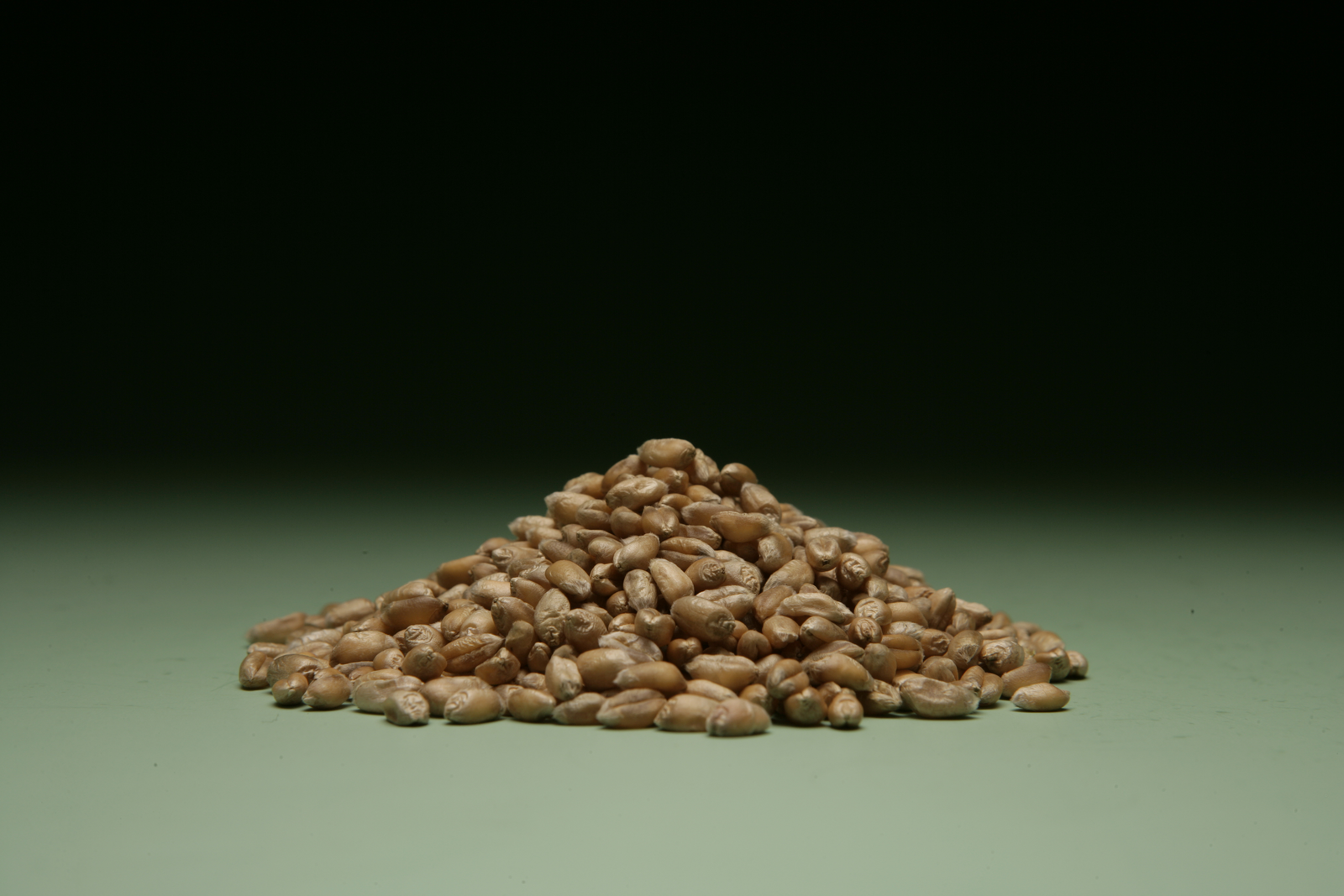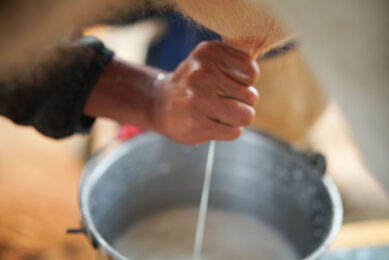Are mycotoxins present in all milling fractions?

Wheat bran and wheat endosperm are different fractions of the kernel, but do they also contain the same mycotoxins? And in the same concentration? A group of German researchers delved deeper into this topic. The results were published in the World Mycotoxin Journal.
Mycotoxins form a risk for animal and human health. As mycotoxins are not evenly distributed over a (food) grain batch, the exclusion of highly contaminated kernels by optical criteria before the processing is one possible approach. Another crucial step is the milling and optimised use of the milling fractions to obtain different flour types.
Measuring mycotoxins in all flour passages
Whereas in a few studies deoxynivalenol (DON) content is reported to be higher in the milling by-products, e.g. bran and shorts, only little has been reported about zearalenone (ZEA) content in milling fractions. Some studies have already been done, but the current study looked at the overall mycotoxin content in all flour passages of the mill streams and in all the fractions of shorts, fine and coarse bran. The researchers analysed the distribution of DON, ZEA, and their main conjugates DON-3G, 3- and 15-acetyldeoxynivalenol (3-ADON and 15-ADON), ZEA-14S, ZEA-14G and ZEA-16G in three naturally contaminated wheat batches, sourced in Germany. Batches 1 and 2 originated from the same location with differentiation in contamination level, whereas wheat 3 was from a different location in Germany.
More mycotoxins in fibre rich fractions
The milling process led to ten fractions (ranging from break flours to fine bran). This was done for all three batches. All wheat batches showed medium to high DON contaminations with batch 1 being the most severely contaminated material (12,119±372 µg/kg). Batch 2 (5,804±207 µg/kg) and batch 3 (1,702±93 µg/kg) contained less DON. ZEA contamination was relatively low in all batches and could only be quantified in all fractions of batches 1 and 2. DON and DON-3G were found to be present to similar amounts in all fractions. In bran, the levels were only slightly higher than in the endosperm. By contrast, for ZEA and ZEA-14S a significantly higher amount of toxin is located in the fibre-rich fractions. While for ZEA and ZEA-14S differences of more than a factor of ten between the white flour and fibre rich fractions are observed, for DON and DON-3G the fibre rich fractions contain at most four times as much toxin compared to the endosperm derived flours. The different distribution of the toxins also impacts on the potential for mycotoxin minimisation by milling technological practices.
Milling technology strategies
According to the researchers, these experimental results show that a significant reduction of the ZEA and ZEA-14S level in wheat flour is feasible by applying milling technology strategies. However, the almost evenly distribution of DON and DON-3G in all fractions does not allow for the technological removal of relevant toxin amounts. Furthermore, the relative share of masked forms was higher for ZEA derivatives than for the DON conjugates in the investigated wheat lots.
Source: Wageningen Academic Publishers
Join 26,000+ subscribers
Subscribe to our newsletter to stay updated about all the need-to-know content in the feed sector, three times a week. Beheer
Beheer









 WP Admin
WP Admin  Bewerk bericht
Bewerk bericht